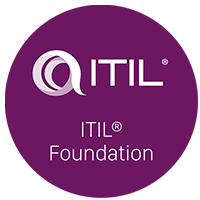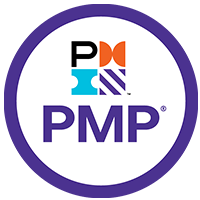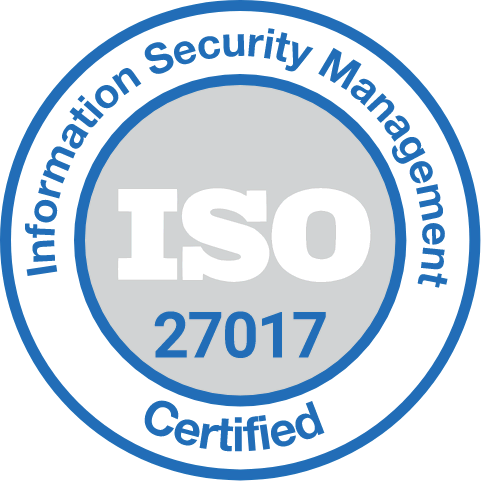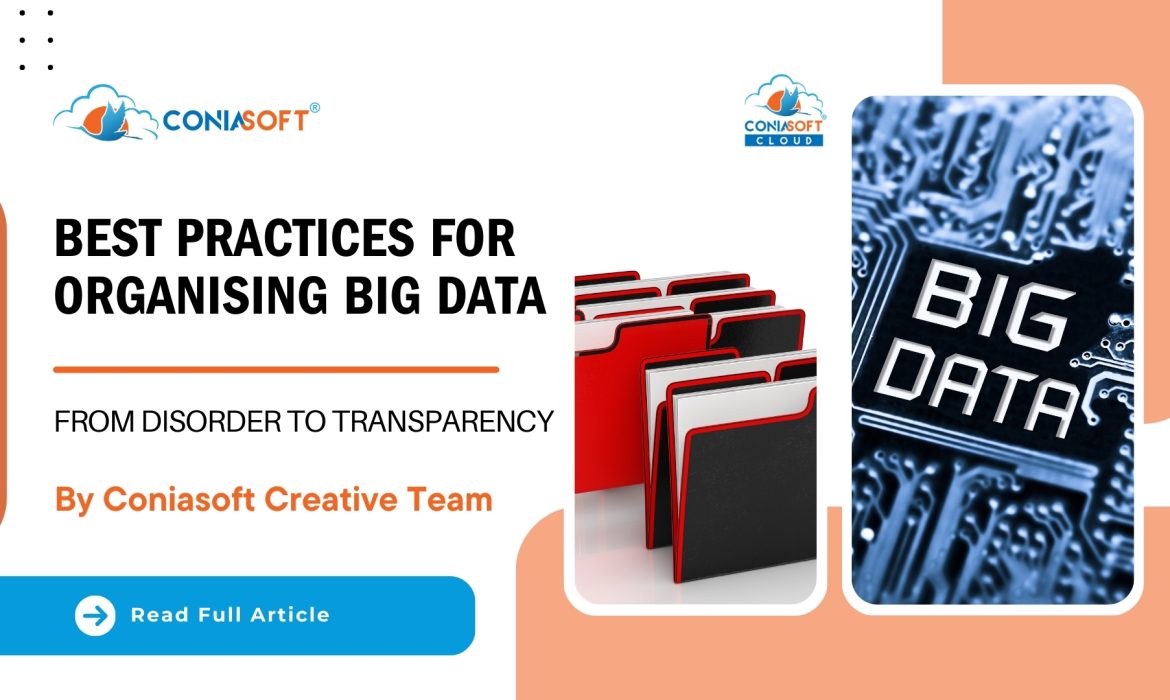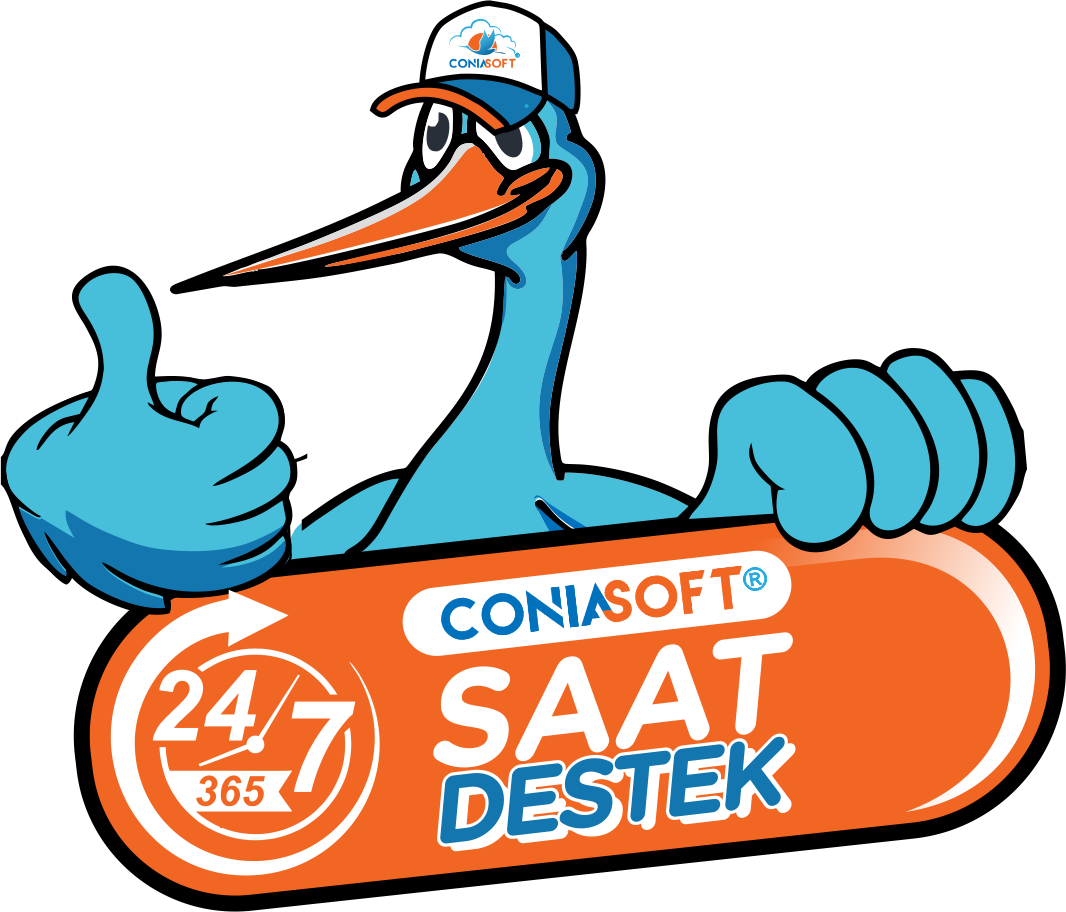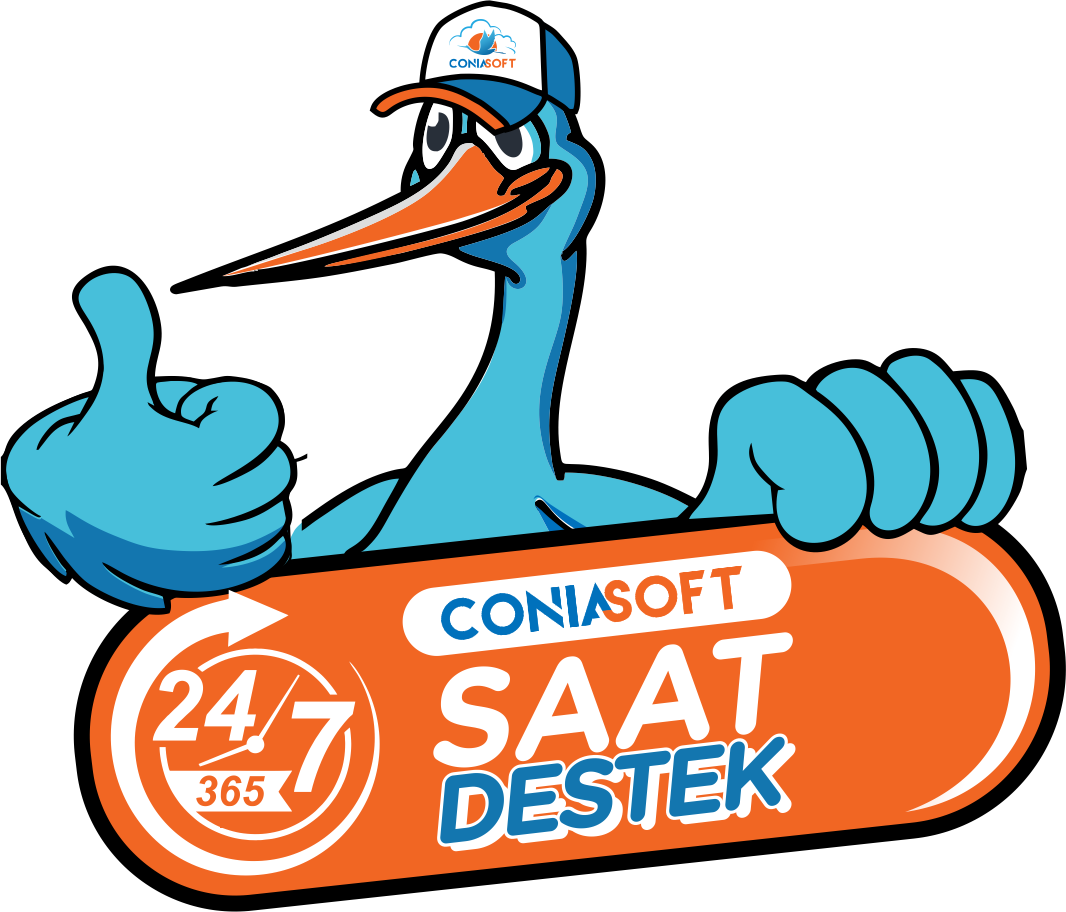We are, without a doubt, in the big data era. Additionally, organising the data we produce gets increasingly difficult as it increases rapidly. Poor data organisation makes tracking, managing, and handling data difficult, especially if stored in the cloud.
To prevent things from getting out of hand, I’m providing six techniques you may use to organise massive data on the cloud effectively. You can think about data organisation from various perspectives, such as within a bucket, at the bucket level, etc. Let’s focus on effectively organising data on ConiaCloud Storage in this article. The techniques presented here enable you to better organise your data by allowing you to think about the details you require for each item you store and the logical structure of an object or file name.
Before we start, let’s go over some fundamentals of object storage quickly. If you already know this, feel free to skip it.
An Introduction to Object Storage
When using object storage instead of conventional file systems, you have a straightforward, flat structure with buckets and objects to store your data. To scale to the internet, it is structured as a key-value store. The object store file system lacks actual folders. Data is not segregated into a hierarchical structure as a result. There are situations when you should genuinely restrict your querying. In that case, prefixes offer a folder-like appearance and feel, so you can enjoy all the advantages of having a folder without experiencing any significant disadvantages. I’ll refer to files as objects and directories as prefixes moving forward. After getting that out of the way, let’s explore how to organise your data inside a bucket effectively. You will only need to follow some of these recommendations. Instead, you may decide which options best meet your needs.
Establish uniform object naming practices.
Naming conventions are guidelines for naming files in an organisation, specifying their type, date, and subject. These conventions can vary, with some workers preferring Object Storage while others may disagree. The second date format is more apparent worldwide, while the month/day/year format is more common in the United States. Consistent and thoughtful naming policies simplify data organisation and help identify and sort files. A logical and consistent strategy for naming objects based on requirements makes file identification and sorting easier.
The Influence of Prefixes
Prefixes are powerful object stores that provide a folder-like appearance and feel, efficiently organising data and enabling the command line interface’s wildcard function. They can create hierarchical categories in object names, such as Europe/Turkey/India/Africa. For example, a daily production scenario can be organised by year, month, and day, with prefixes like year=2022/month=12/day=17/. These prefixes form three-level deep folders on the Backblaze B2 secure online application, allowing for easier tracking and processing of data after storage. Data partitioning is essential for efficient data management and processing.
Separating Data Through Programming
Several workflows might be available once you’ve ingested data into ConiaCloud Storage. These procedures produce more fresh data since they are frequently connected to specific locations. Environments include, but are not limited to, production, staging, and testing. We advise preserving the new data produced by a particular environment apart from the original copy of the raw data. With the ability to track when and how changes were made to your datasets, you can either replicate the modification if it yields the desired results or roll back to a native state if necessary. You can rerun the procedure with a repair in place if unfavourable events like a glitch in your processing workflow occur.
When unfavourable things happen, like a glitch in your processing workflow, you can rerun the workflow using the raw copy of the data with the repair in place. /data/env=prod/type=raw and /data/env=prod/type=new are examples of data exclusive to the production environment.
Utilise life cycle rules
Although your data amount constantly grows, we advise periodically analysing and removing unnecessary data. Manually carrying out that process is quite time-consuming, especially when there is a lot of data. Lifecycle rules will save the day. On ConiaCloud, you can automatically configure lifecycle rules to hide or remove data according to predetermined criteria. For instance, when processing, some workflows produce temporary objects. These transient items can be kept temporarily to help diagnose problems, but they are worthless in the long run. According to a lifecycle rule, things with the /tmp prefix may be required to be removed two days after creation.
Activate object lock
Your data becomes immutable with Object Lock for a predetermined amount of time. Even the data owner cannot change or remove the data after that time has passed. This safeguards your data from inadvertent overwriting, makes reliable backups, etc. Use our production, staging, and test example once more as you picture a scenario where you upload data to ConiaCloud Storage and then execute a workflow to process it, creating new data. Your workflow tries to replace your raw data due to a problem. If you have an Object Lock set, the rewriting won’t occur, and your workflow will probably crash.
Application Keys for Access Customisation
On ConiaCloud Storage, take advantage of the different application keys:
The key to your main application. You can access this first key on the online application, and it is the one you have access to. This key has unlimited capabilities, access to all buckets, and neither expiration nor file prefix limitations. There is only one master application key; if you create another one, the previous one will no longer work. Key(s) for non-master applications. Every other application key is like this. They can set read-only, read-write, or write-only access, be restricted to a bucket or even specific files within it using prefixes, and they can expire. The crucial thing in this situation is that second kind. Application keys allow you to provide or deny access to data. Application keys are the key here. With them, you can programmatically grant or restrict access to data. It enables the creation of as many application keys as you need. In other words, you can be granular in customising access control.
Giving users and programs only the access they require by the principle of least privilege lowers the likelihood of security incidents and mistakes. This can be used for write and read-only access, such as when making a mobile app or uploading data. Application keys may be configured to require active re-grants when they expire. By granting access your default, you can ensure regular review and validation, lowering the possibility that legacy stakeholders would get unauthorised access to data. Tie application keys to buckets and prefixes and restrict read and write rights to limit access to specific data. Before generating an application key for the entire account, which will have access to all buckets, including upcoming ones, it is vital to consider your options carefully. It’s critical to limit each application key to a single bucket.



